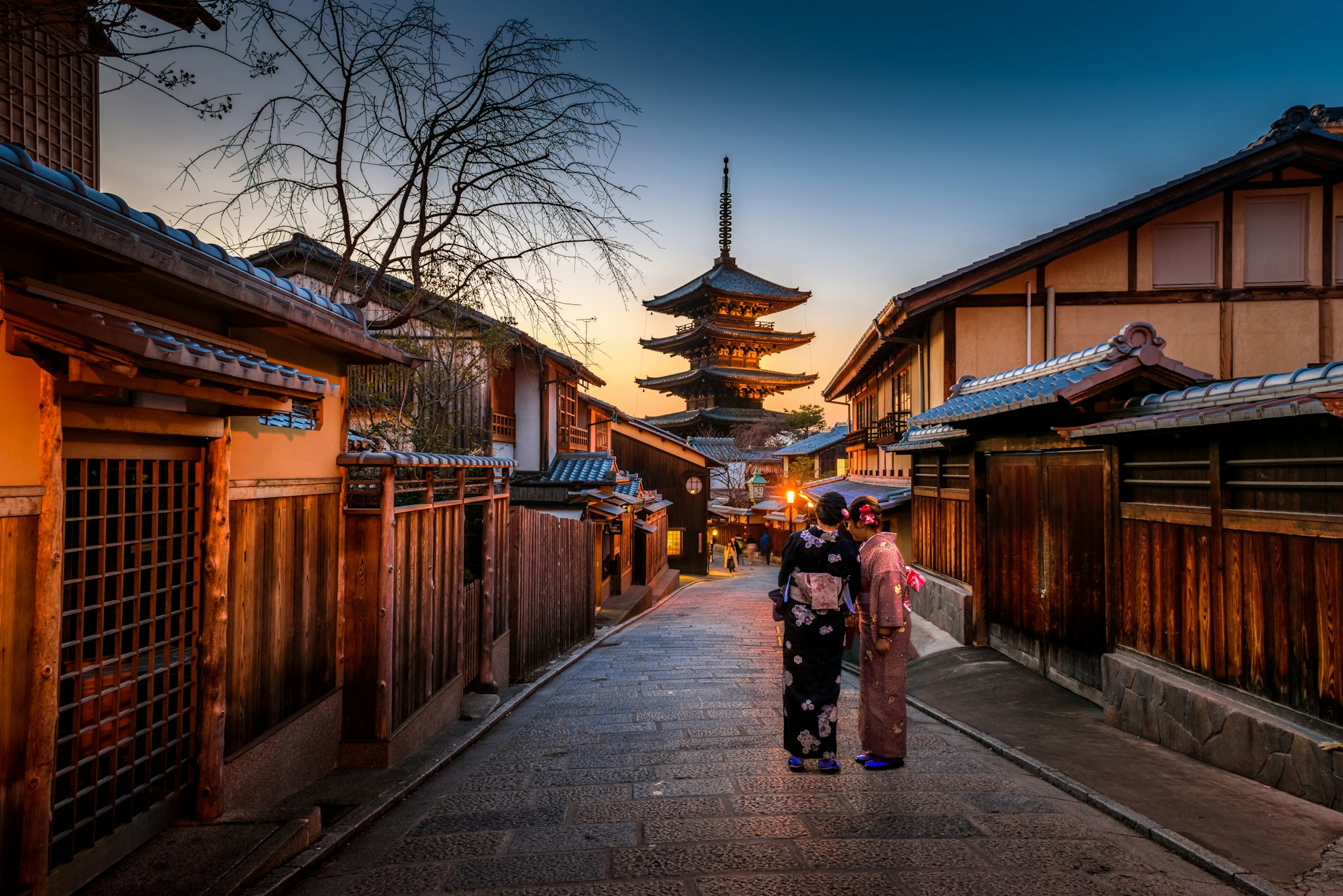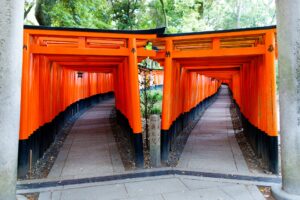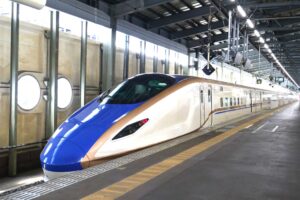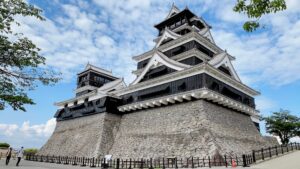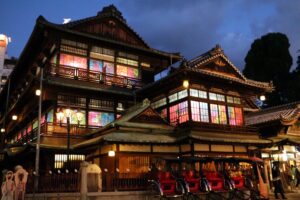This comprehensive travel guide to Kyoto will help you plan the perfect trip, offering insights into the city’s top attractions, cultural experiences, culinary delights, natural beauty, and local events. Whether you’re a first-time visitor or a seasoned traveler, this guide covers everything you need to know to make the most of your visit to Kyoto.
What to Know Before You Go to Kyoto
Kyoto, the cultural capital of Japan, is a city rich in history and tradition. It served as Japan’s capital for over a thousand years, which has left it with a wealth of historical sites.
The best times to visit Kyoto are during the spring (March to May) and autumn (October to November) when the weather is mild, and the natural scenery is at its most beautiful. Spring brings cherry blossoms, while autumn offers stunning fall foliage. Essential travel tips include learning basic Japanese phrases, respecting local customs, and understanding the city’s public transportation system, which is highly efficient and tourist-friendly.
Top Attractions in Kyoto
Kyoto is home to numerous iconic attractions that showcase its historical and cultural heritage.
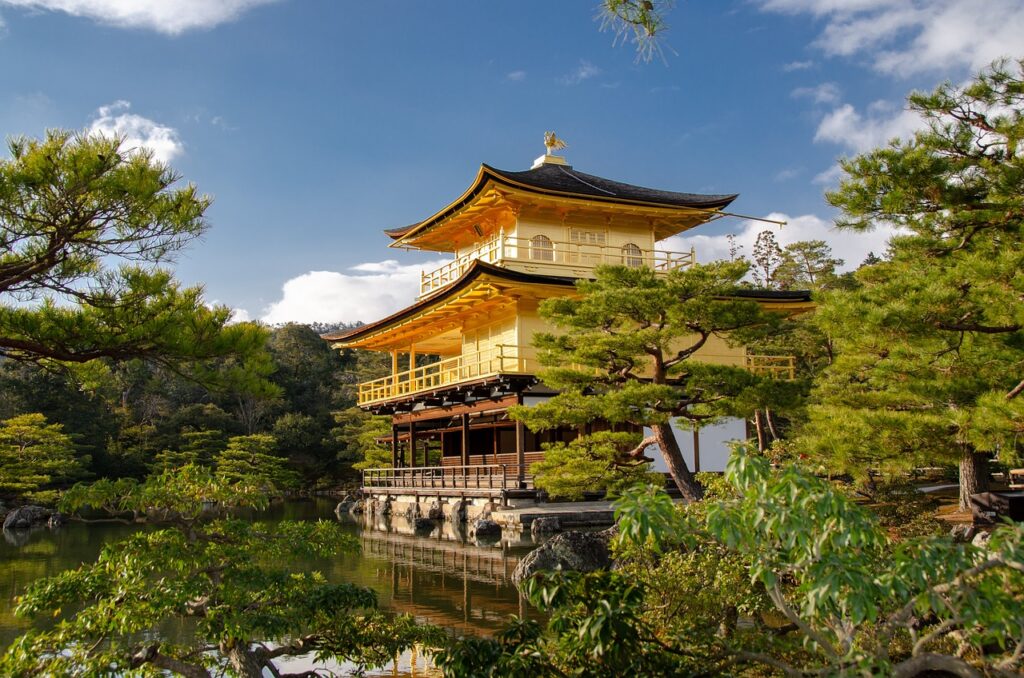
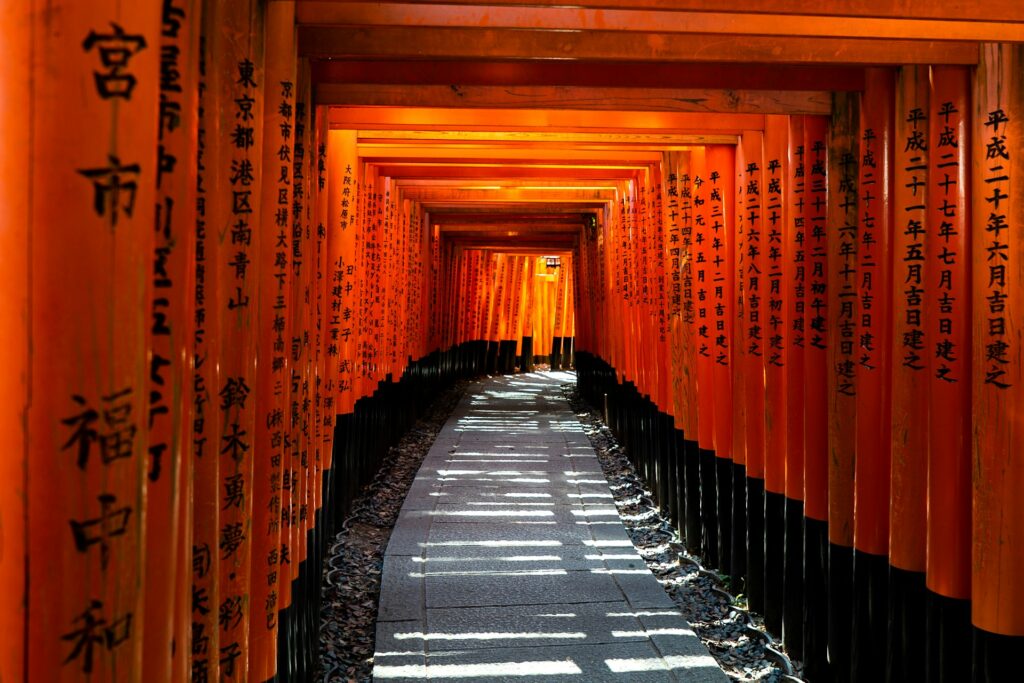
Kinkaku-ji (Golden Pavilion), with its stunning gold-leaf exterior, is a must-see. Fushimi Inari Shrine, famous for its thousands of red torii gates, offers a mesmerizing hiking experience. Arashiyama Bamboo Grove is another highlight, where you can walk through towering bamboo stalks. Additionally, Kiyomizu-dera Temple, perched on a hill, provides panoramic views of the city and is known for its wooden stage that juts out from the main hall.
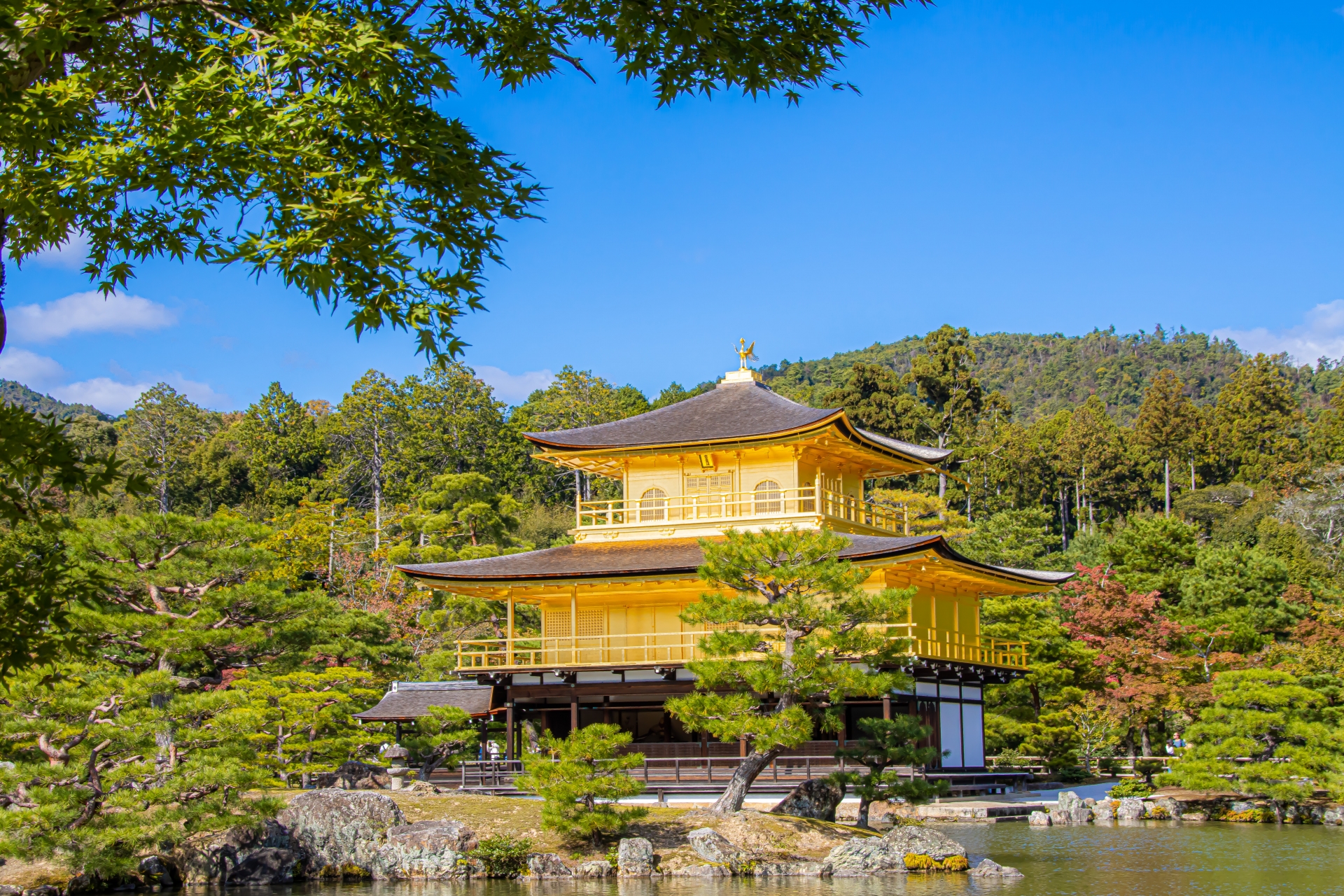
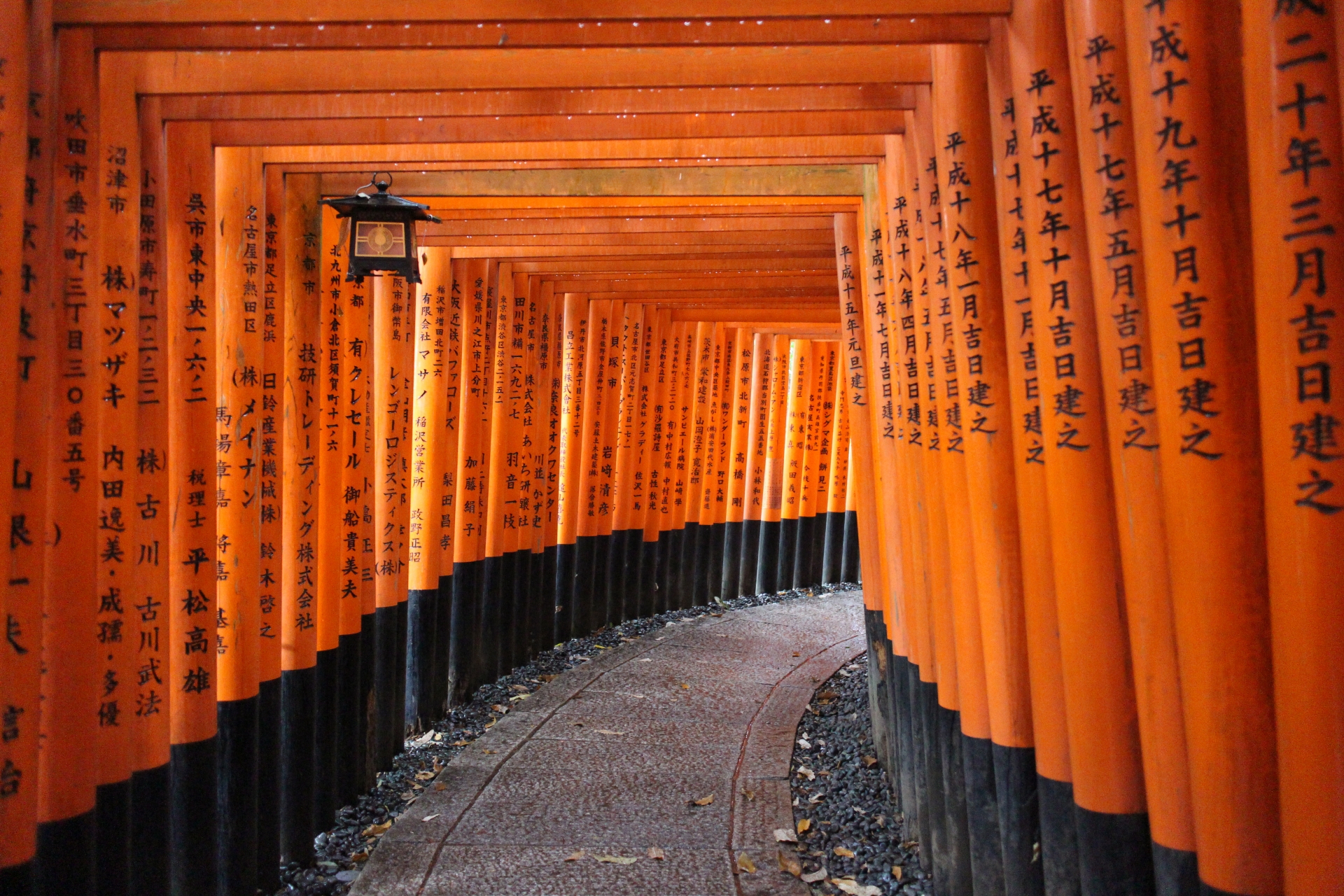
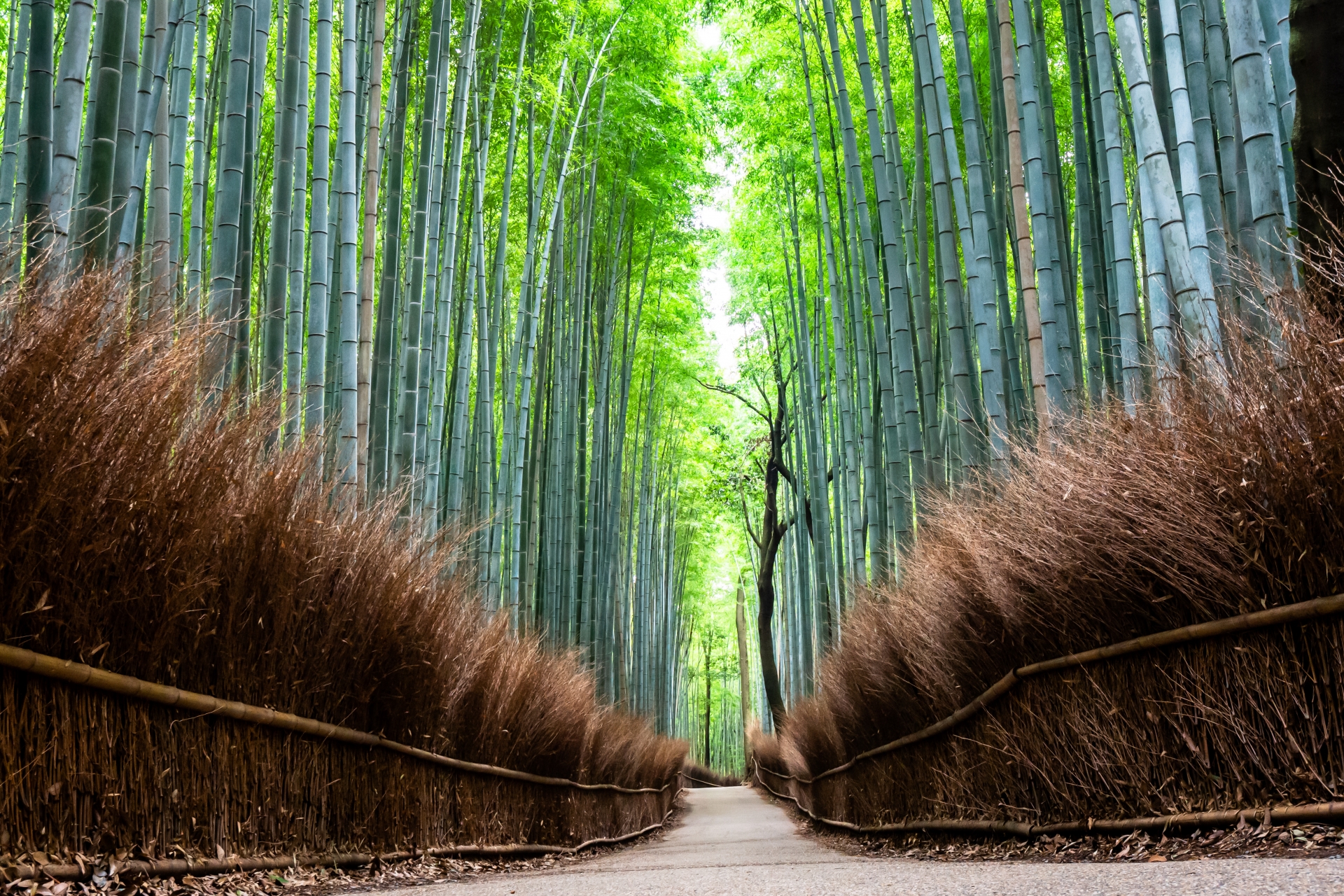
Hidden Gems and Off-the-Beaten-Path Spots
For those looking to explore beyond the typical tourist spots, Kyoto has many hidden gems.
Visit the Otagi Nenbutsu-ji, a lesser-known temple with over 1,200 unique stone statues. The Philosopher’s Path is a scenic, tranquil walk along a canal lined with cherry trees. Shirakawa Minami-dori offers a glimpse of traditional Kyoto architecture without the crowds. Also, consider exploring Kurama and Kibune, twin villages in the mountains, which provide a peaceful retreat and stunning nature trails.
Where to Eat in Kyoto
Kyoto’s culinary scene is diverse and deeply rooted in tradition. Kaiseki, a multi-course meal, is the epitome of Japanese haute cuisine and can be enjoyed at numerous high-end restaurants. Nishiki Market is known as “Kyoto’s Kitchen,” offering a variety of fresh produce, street food, and local specialties like yudofu (tofu hot pot).
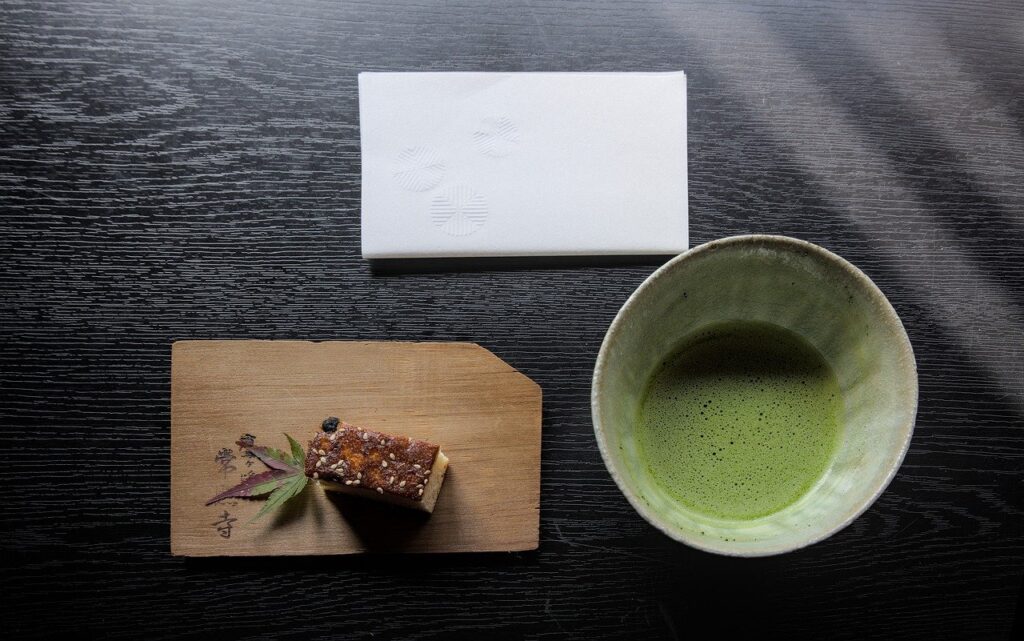
For a unique dining experience, try a tea ceremony, where you can enjoy matcha tea and traditional sweets. Don’t miss out on obanzai ryori, a style of traditional home cooking that uses seasonal ingredients.
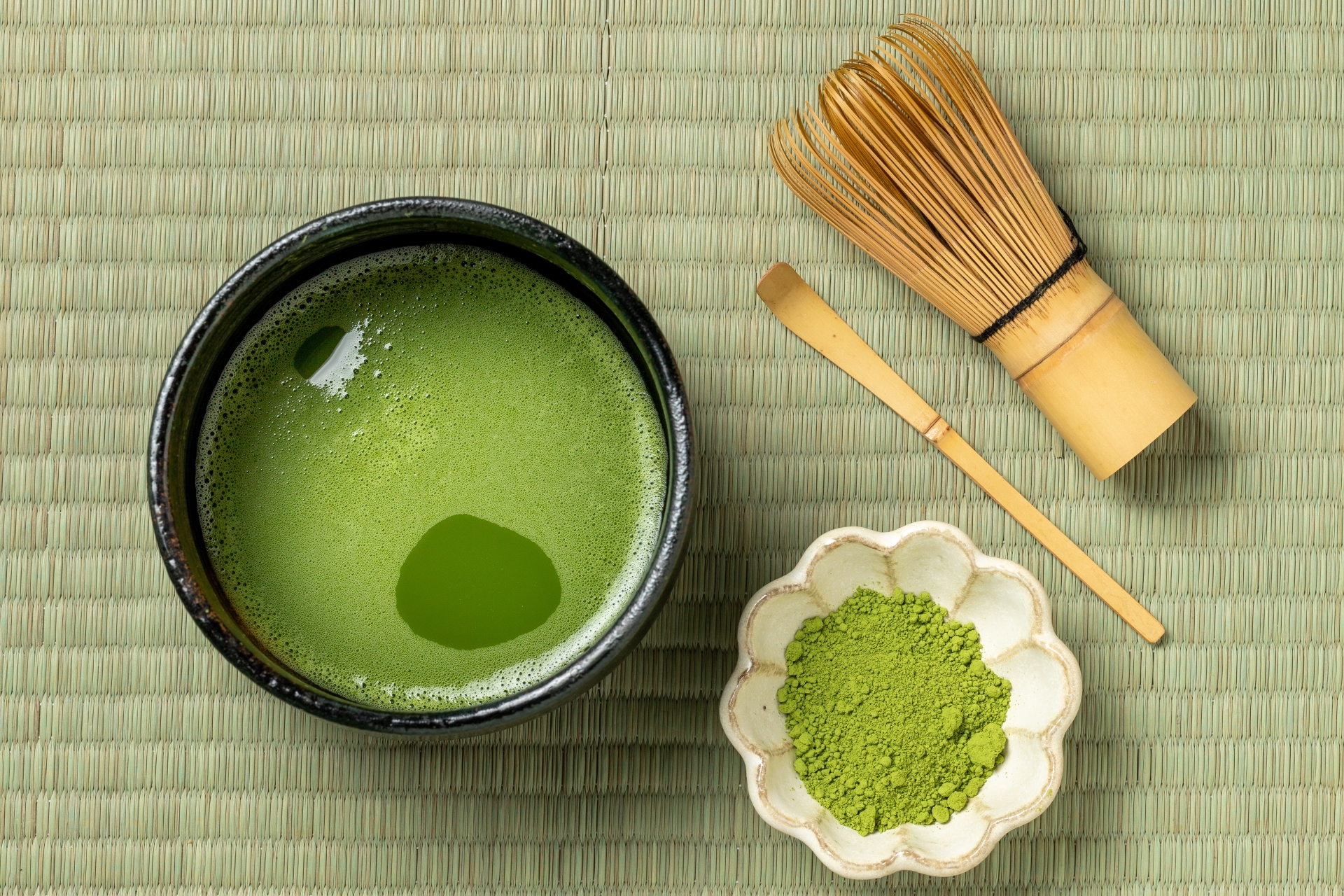
Best Food Markets and Street Food
Nishiki Market is a must-visit for food enthusiasts. Here, you can sample a wide array of Kyoto delicacies, such as takoyaki (octopus balls), yuba (tofu skin), and tsukemono (Japanese pickles). Gion Shirakawa is another excellent spot for street food, where you can find vendors selling yakitori (grilled chicken skewers) and taiyaki (fish-shaped pastries filled with sweet red bean paste). For the freshest seafood, visit the Kyoto Central Wholesale Market early in the morning.
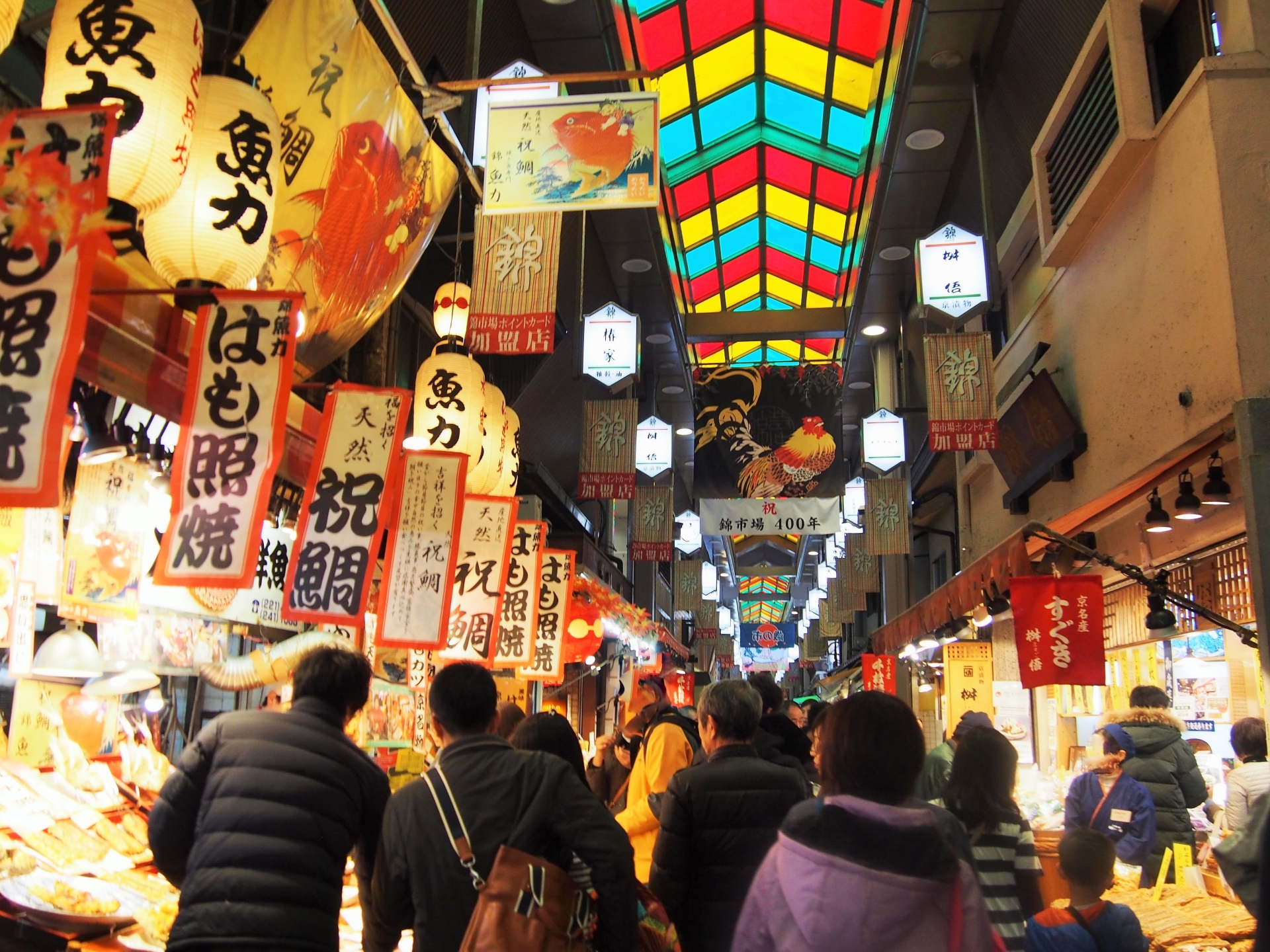
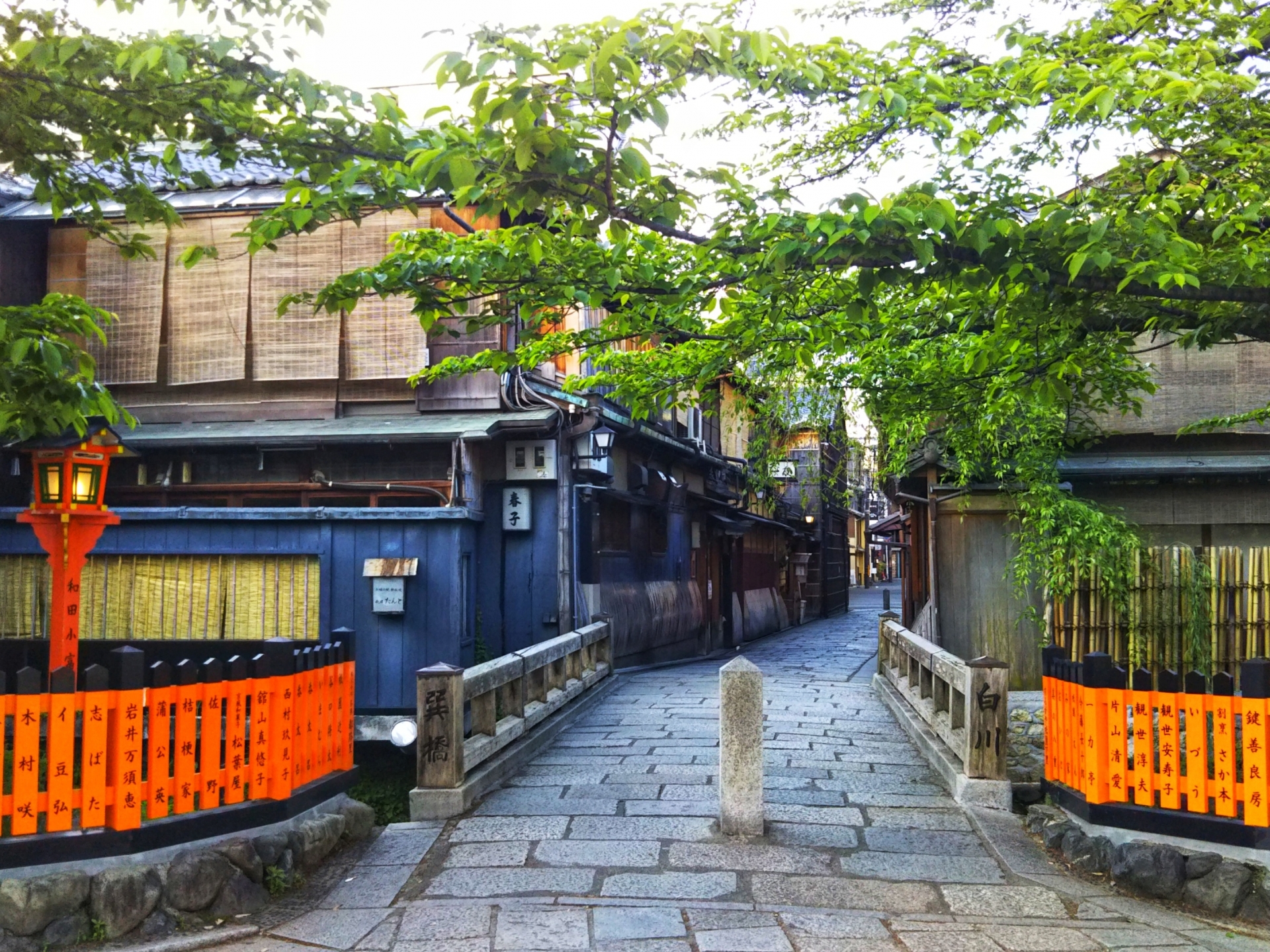
Experiencing Kyoto’s Nature and Scenery
Kyoto’s natural beauty is one of its biggest draws. The city is home to many beautiful gardens and parks, such as the Kamo River, which is perfect for a relaxing stroll.
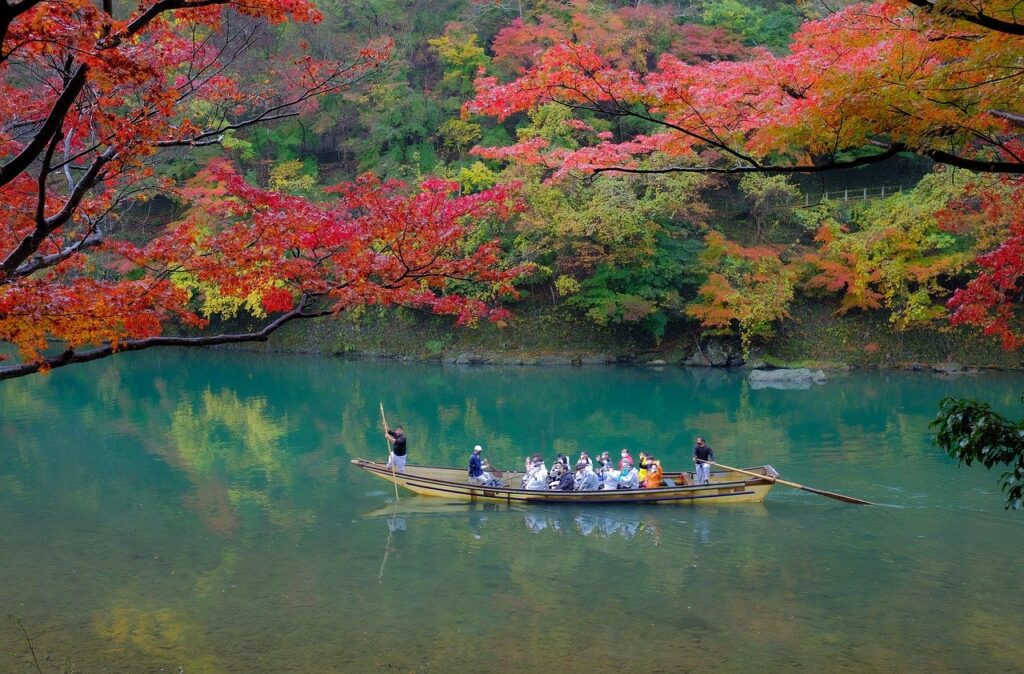
During spring, the Maruyama Park becomes a hub for cherry blossom viewing, while Arashiyama offers breathtaking scenery throughout the year. In autumn, the Eikando Temple is renowned for its vibrant red maple leaves. Don’t forget to visit the Sagano Scenic Railway, which provides a picturesque journey through the lush landscapes of Arashiyama.
Best Parks and Gardens
Kyoto’s parks and gardens are integral to its charm. Ryoan-ji is famous for its rock garden, a quintessential example of Zen Buddhist landscape design. Katsura Imperial Villa offers meticulously designed gardens that reflect Japanese aesthetics.
Kyoto Botanical Garden is an expansive area with a wide variety of plants, making it a great spot for nature lovers. The Saiho-ji (Moss Temple) requires an advance reservation but rewards visitors with its serene moss-covered grounds.
Local Events and Festivals
Kyoto hosts numerous traditional festivals throughout the year. The Gion Matsuri, held in July, is one of Japan’s most famous festivals, featuring parades of elaborately decorated floats. In May, the Aoi Matsuri involves a grand procession in Heian-era attire. The Jidai Matsuri in October celebrates Kyoto’s rich history with a parade of historical costumes. Additionally, the To-ji Temple Flea Market on the 21st of each month offers a chance to experience local culture and buy unique souvenirs.
| Month | Event/Activity | Description |
|---|---|---|
| March-April | Hanami | Cherry blossom viewing in parks and temples. |
| July | Gion Matsuri | One of Japan’s most famous festivals with parades. |
| October | Jidai Matsuri | Historical parade celebrating Kyoto’s heritage. |
| November | Koyo | Autumn leaf viewing at temples and gardens. |
| January | Hatsumode | New Year’s visit to shrines for blessings. |
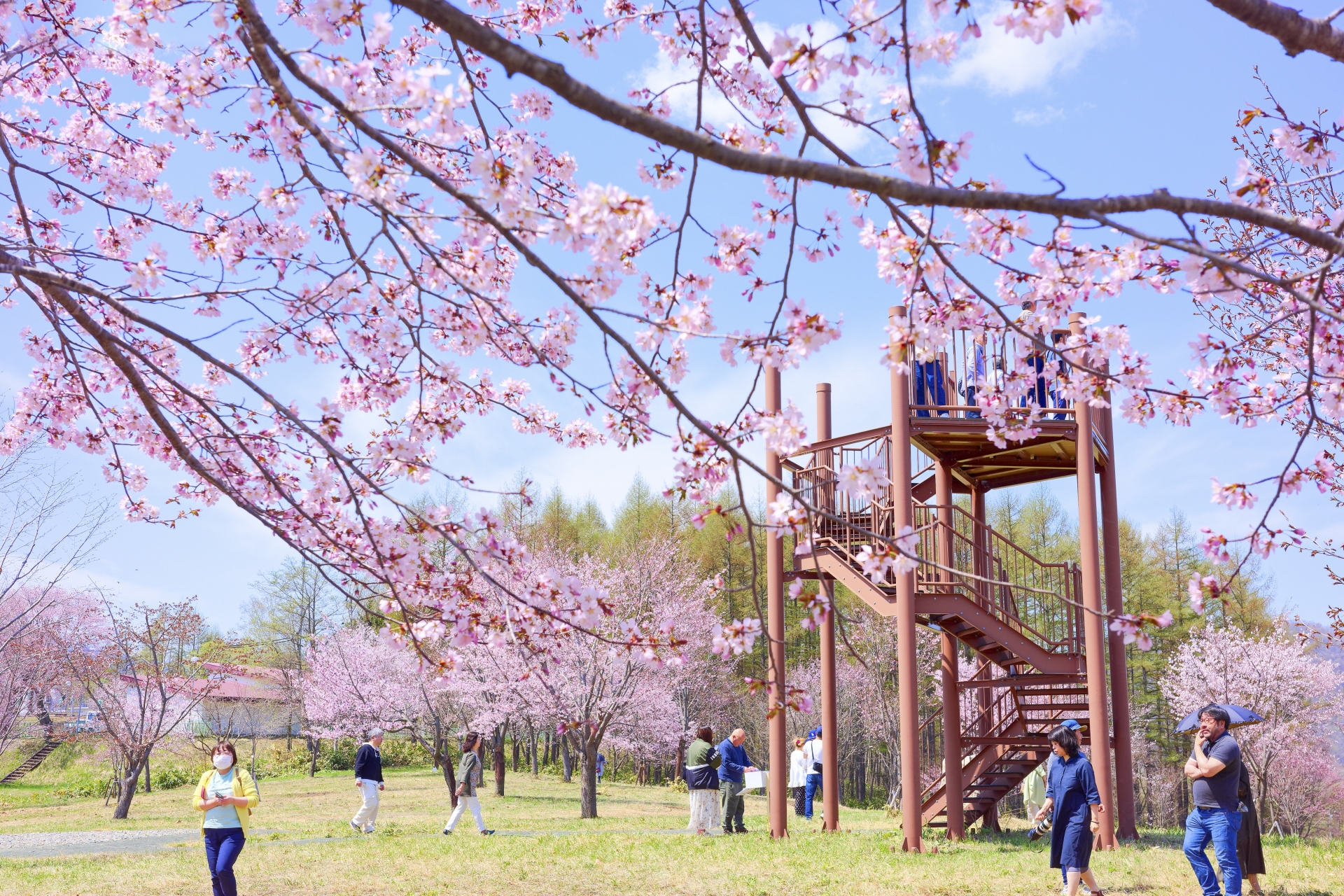
Seasonal Activities
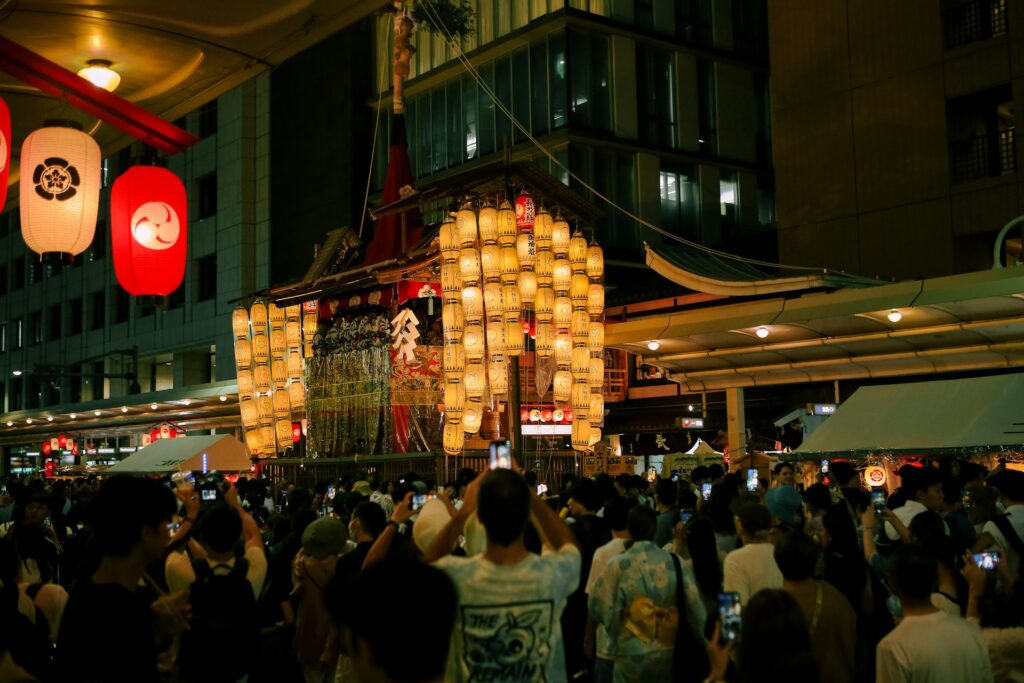
Kyoto’s seasonal activities are a major attraction. In spring, hanami (cherry blossom viewing) is a beloved tradition, with popular spots like Maruyama Park and the Philosopher’s Path drawing large crowds. Summer brings the Gion Matsuri, while autumn is perfect for koyo (autumn leaf viewing) at places like Tofuku-ji Temple. Winter, though quieter, offers the serene beauty of snow-covered temples and gardens, with the Hatsumode (New Year’s visit to a shrine) being a significant cultural experience.
Sustainable Travel in Kyoto
To ensure Kyoto’s beauty is preserved for future generations, sustainable travel practices are encouraged. Utilize public transportation, such as buses and trains, to reduce your carbon footprint. Many attractions offer bicycle rentals, providing an eco-friendly way to explore the city. Support local businesses and stay in eco-conscious accommodations.
Kyoto also promotes green tourism through initiatives like the Kyoto Eco Tourism Network, which offers guided tours focusing on sustainability and environmental education.
Day Trips from Kyoto
Kyoto is an excellent base for exploring nearby attractions. A day trip to Nara, with its friendly deer and stunning temples, is highly recommended. Uji, known for its green tea, offers beautiful riverside scenery and the historic Byodo-in Temple.
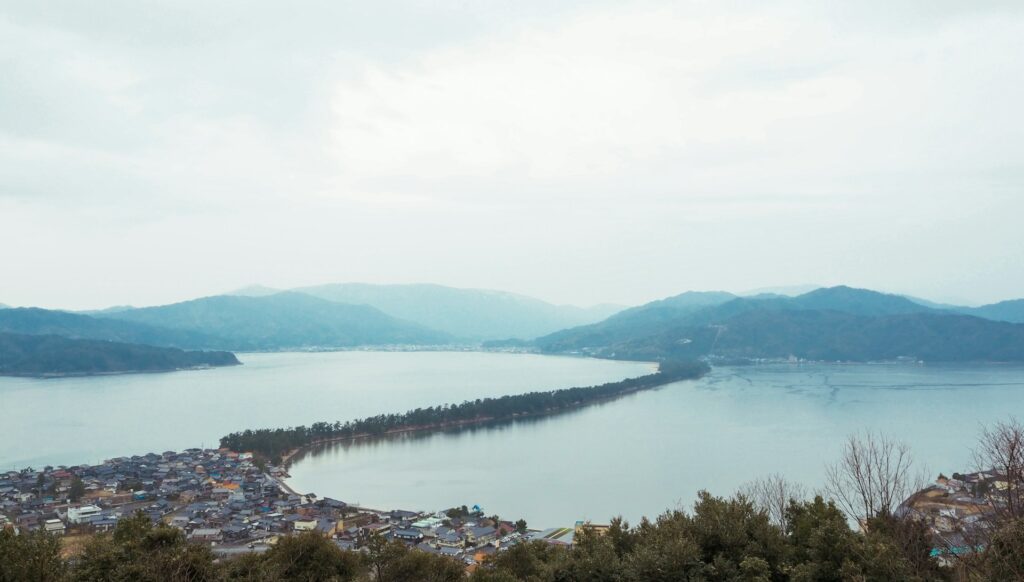
The Amanohashidate sandbar is another popular destination, offering one of Japan’s three most scenic views. For a taste of rural Japan, visit the Miyama village, known for its traditional thatched-roof houses.
Family-Friendly Activities in Kyoto
Kyoto offers plenty of activities suitable for families with children. The Kyoto Railway Museum is both fun and educational, showcasing Japan’s railway history with interactive exhibits. Toei Kyoto Studio Park allows visitors to step back in time and experience Edo-period Japan, complete with ninja and samurai performances. Kyoto Aquarium features a variety of marine life, including the rare Japanese giant salamander.
For outdoor fun, visit the Monkey Park Iwatayama in Arashiyama, where you can see wild monkeys up close.

